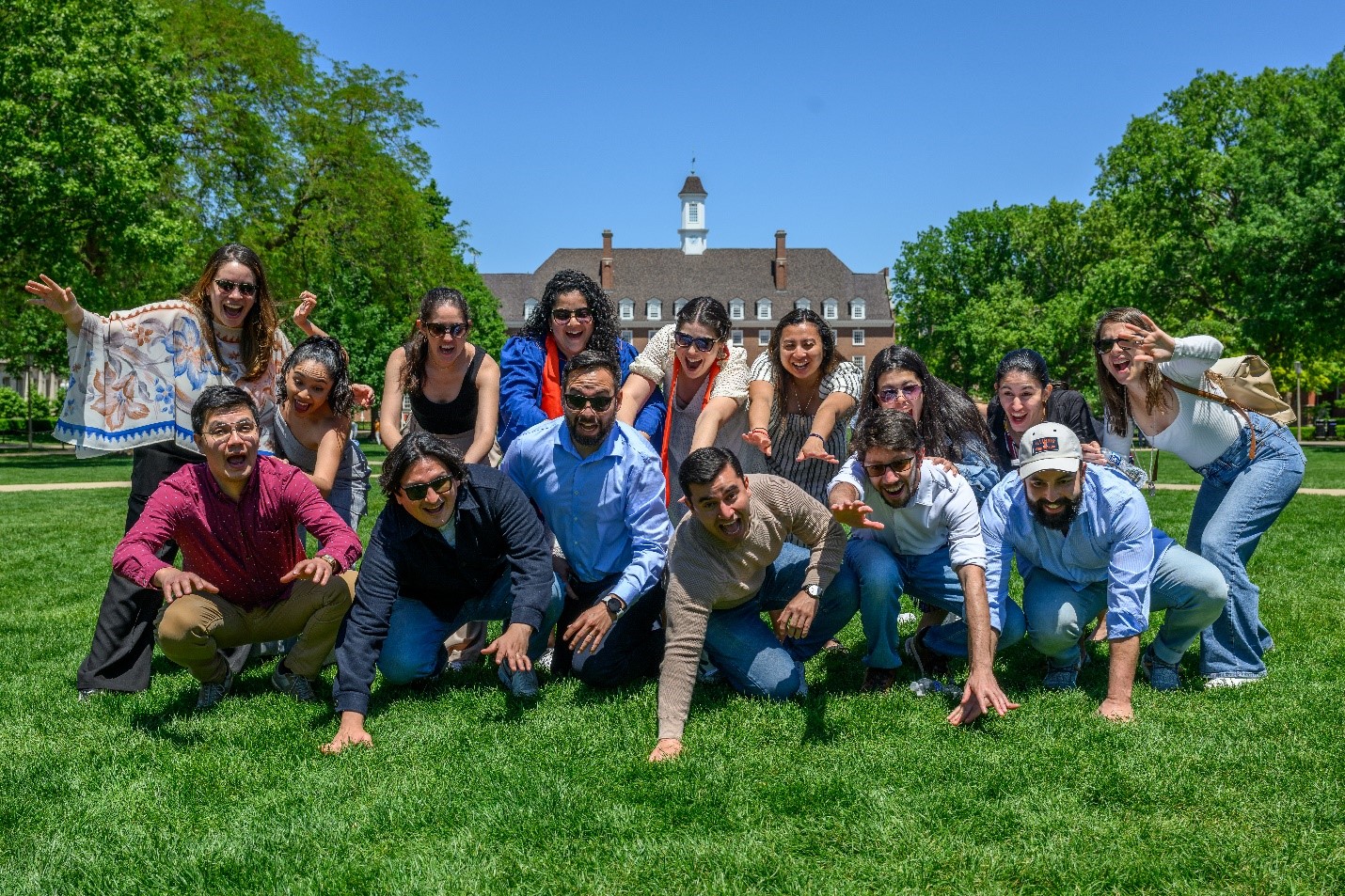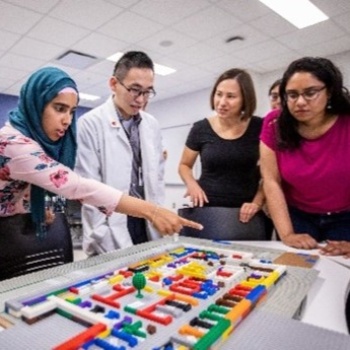Foster Inclusion

Fostering Inclusion in the Classroom
Fostering inclusion is the core of our mission at the Center for Innovation in Teaching and Learning. It places our commitment to student success at the center of our efforts towards Teaching Excellence.
The Center for Innovation in Teaching and Learning (CITL), champions inclusive teaching practices that empower every learner, regardless of background or identity to thrive at our institution. We know students flourish in environments where they feel seen, respected, and supported. We strive to empower faculty across campus to create inclusive learning spaces.
Our support includes workshops, consultations, collaboration, and synchronous and asynchronous resources focused on Supporting Student Learning, Making Your Course Accessible, and Creating Inclusive Learning Environments where all students thrive academically, personally, and professionally. By supporting faculty to embed inclusion into the fabric of teaching and learning, we aim to create learning spaces where all students can engage fully, think critically, and succeed.
Join us in shaping the future of teaching and learning at Illinois, where every student belongs and thrives.



